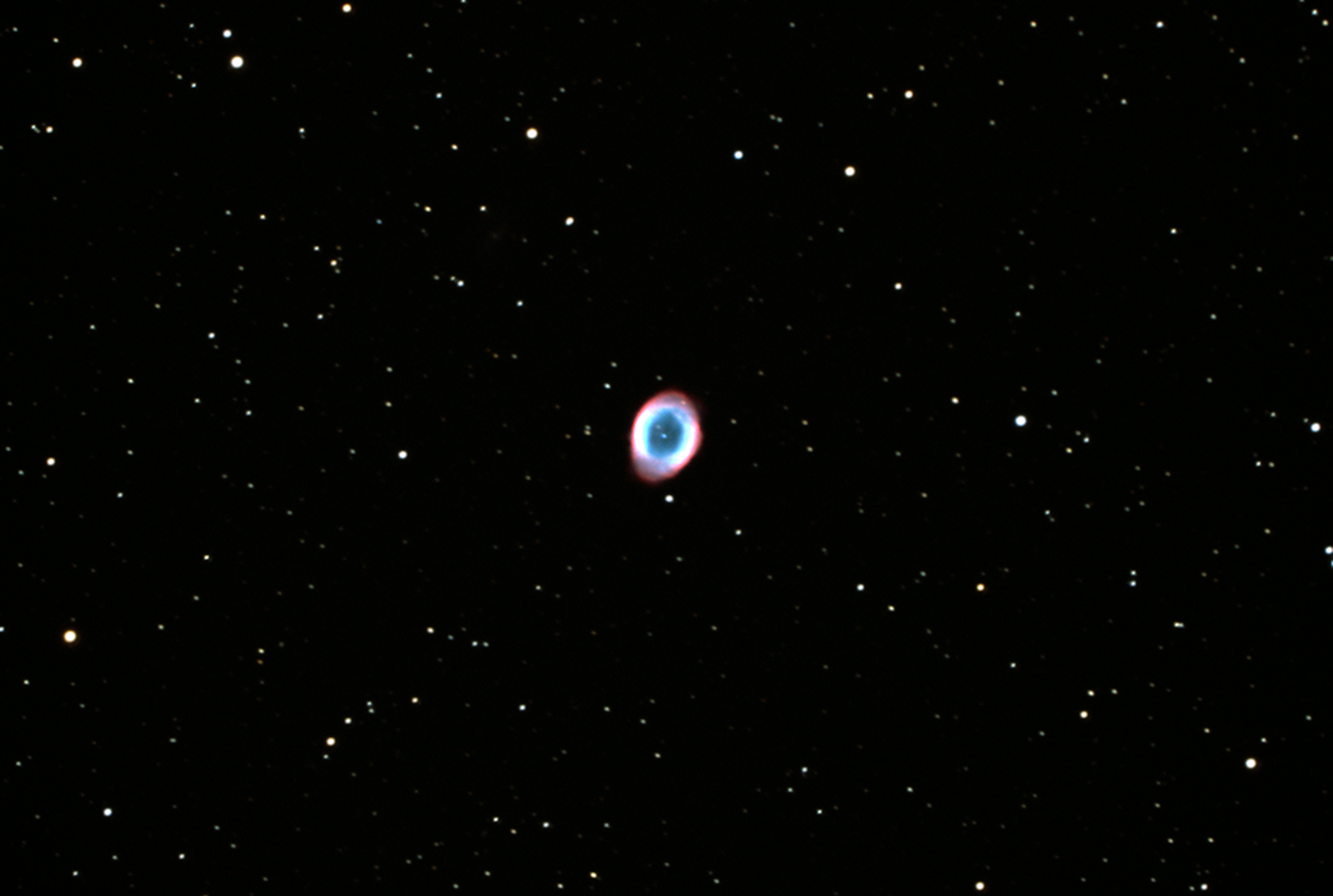
EAA Session of 10-08-2021 0200-0600 UTC Through Celestron C14 EdgeHD Telescope
EAA is "Electronically-Assisted Astronomy". This type of astronomy uses a video camera at the telescope instead of your eyes. The camera live-streams and stacks a set of short exposures of just a few seconds each repeated over a few minutes of time for live-viewing on a pc screen or LED monitor instead of through the eyepiece of your telescope.
The image viewed on-screen is an accumulation of collected photons equal to the total time of the video stream. The live-stream capture software collects more and more photons as you watch and gradually builds up the on-screen details and color depth of the object you're viewing until you quickly get an image with good detail, low noise and good color-depth.
You also have the option in the capture software to save the accumulated stack as a single master frame for a permanent record of your observing session or later post-processing if desired.
Today's modern CMOS chips used in astronomy video cameras produce very low electronic noise in the images, have very high sensitivity (QE) and are particularly well-suited to exploit this type of imaging strategy.
EAA is not designed or intended to replace the great details and color depth of true long-exposure deep-sky imaging and lengthy post-processing. But EAA observing is perfect for light-polluted observing areas that may not work as well for long-exposure imaging, and will quickly show much more deep-sky detail than you could ever see visually through the eyepiece.
Celestron C-14 EdgeHD Telescope, Paramount MX and Pyramid Tripod Used for EAA Observing: |
Imaging and Telescope Equipment Used for Tonight's EAA Observing Session:
The EAA Images captured below are all from tonight's
observing session. (Image information courtesy of
Wikipedia.com).
Open link for each image to see data for each
astronomical object.
M13 Globular Cluster. 8
seconds each sub-frame x 465 seconds total stack time: |
M31 galaxy
nucleus showing dust lane structure: 8 seconds each sub-frame x 1299
seconds total: |
M57 Planetary Nebula. 8
seconds each sub-frame x 610 seconds total stack time: |
M103 Open Cluster. 8 seconds
each sub-frame x 650 seconds total stack time: |
NGC869 Open Cluster. 8
seconds each sub-frame x 610 seconds total stack time: |
NGC7789 Open Cluster. 8 seconds each
sub-frame x 626 seconds total stack time: |
M27 Planetary Nebula. 8
seconds each sub-frame x 1580 seconds total stack time: |
M52 Open Cluster. 8 seconds
each sub-frame x 698 seconds total stack time: |
M92 Globular Cluster. 8
seconds each sub-frame x 313 seconds total stack time: |
NGC457 Open Cluster. 8
seconds each sub-frame x 802 seconds total stack time: |
NGC7662 Planetary Nebula. 8
seconds each sub-exposure x 626 seconds total stack time:  |
Page Last Updated:
10/12/2021
©
Wade Van Arsdale